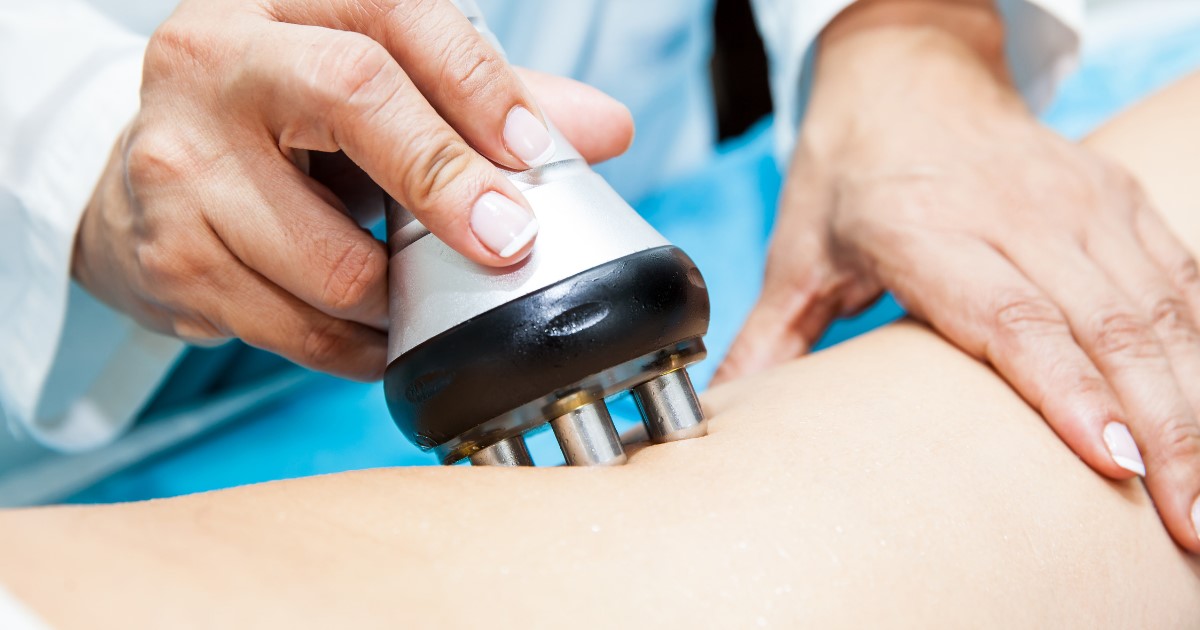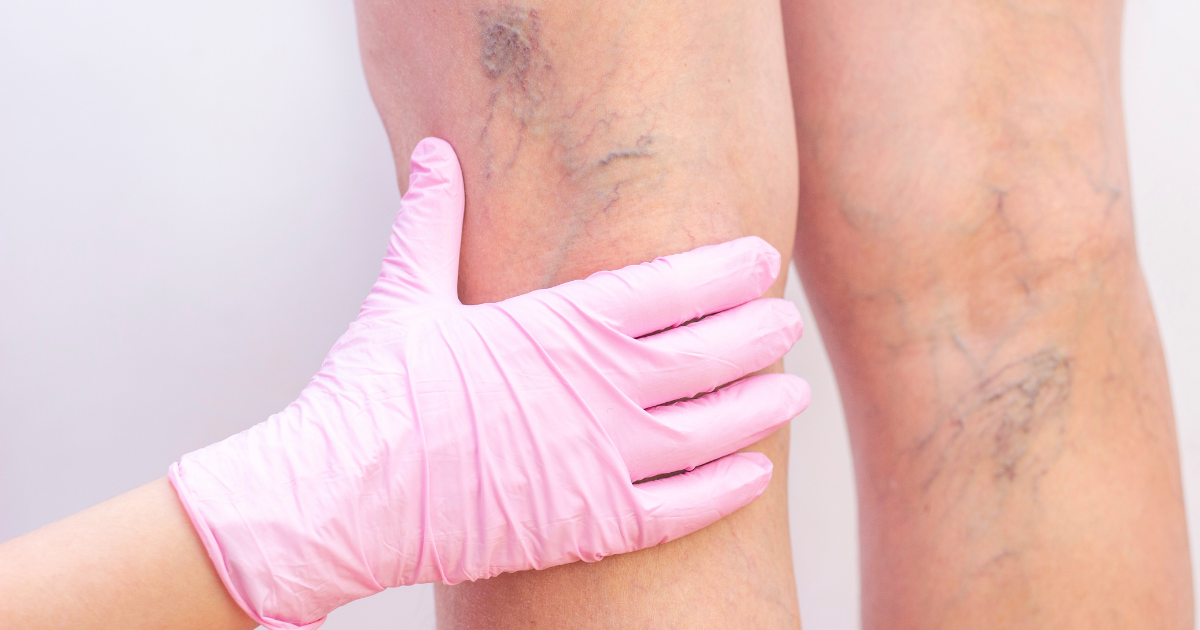Radiofrequency Ablation (RFA): What It Is & Procedure
November 17, 2023What is Radiofrequency Ablation (RFA)?
Radiofrequency Ablation, commonly referred to as RFA, RF treatment or radiofrequency treatment, is a cutting-edge medical procedure that offers a minimally invasive solution for pain relief. This innovative technique utilizes radiofrequency waves to target and treat specific areas of the body, resulting in the following benefits:
- Targeted Treatment: radio frequency treatment focuses on specific nerve tissues, ensuring that only the problematic areas are treated, leaving the surrounding tissues unharmed.
- Minimally Invasive: Unlike traditional surgeries, radiofrequency ablation requires only a small incision, reducing the risk of complications and speeding up recovery time.
- Effective Pain Management: Many patients experience significant pain relief after undergoing RFA, making it a preferred choice for those seeking an alternative to medications or more invasive procedures.
- Versatility: radiofrequency ablation is not just limited to pain management. It’s also used for treating various conditions, including benign and malignant tumours, chronic venous insufficiency, and even certain thyroid nodules.
In essence, Radiofrequency Ablation offers a promising avenue for those looking for effective pain relief solutions without the drawbacks of traditional surgical procedures. With its growing popularity, radiofrequency treatment is set to revolutionize the way we approach pain management in modern medicine.

The RFA Procedure Explained
The Radiofrequency Ablation (RFA) procedure is a meticulous process that prioritizes patient safety and comfort. Here’s a step-by-step breakdown of what patients can expect:
- Consultation: Before undergoing radio frequency treatment, patients meet with a medical specialist to discuss their symptoms, medical history, and the potential benefits and risks of the procedure. This ensures that radiofrequency ablation is the right choice for the individual’s specific needs.
- Preparation: On the day of the procedure, patients may be given medication to help them relax. The targeted area is then cleaned and sterilized to prevent any infections.
- Guided Insertion: Using advanced imaging techniques like ultrasound, the healthcare provider accurately positions a needle-like probe into the targeted area.
- Radiofrequency Application: Once the probe is in place, radiofrequency waves are emitted. These waves generate heat, causing the nearby problematic cells to die. As these cells perish, the body’s immune system naturally removes them, leading to the desired therapeutic effect.
- Recovery: The procedure is relatively quick, often completed within an hour. After radiofrequency ablation, patients can usually go home the same day. There might be slight discomfort at the insertion site, but this typically subsides within a day or two.
- Follow-up: Post-procedure, patients are advised to schedule follow-up appointments to monitor their recovery and assess the effectiveness of the treatment.
The RFA procedure stands out due to its precision, minimal invasiveness, and quick recovery time, making it a preferred choice for many seeking relief from chronic pain and other conditions.
Vein Treatment with Radiofrequency Ablation: A Modern Solution
Varicose veins and chronic venous insufficiency have long been challenges for many individuals, causing discomfort, pain, and aesthetic concerns. Traditional treatments, such as surgery and compression stockings, have been the primary solutions for years. However, the introduction of Radiofrequency Ablation (RFA) has revolutionized vein treatment, offering a minimally invasive and highly effective alternative.
Understanding Venous Issues: Veins are responsible for returning blood back to the heart. When the valves in these veins malfunction, it can lead to blood pooling, causing the veins to enlarge and become varicose. This not only results in visible, bulging veins but can also cause symptoms like pain, swelling, and heaviness in the legs.
How Radiofrequency Treatment Works for Veins: radiofrequency ablation targets the problematic veins by delivering controlled radiofrequency energy, causing the vein walls to heat up and collapse. Once the treated vein is sealed off, blood naturally reroutes to healthier veins, restoring proper blood flow and alleviating symptoms.
Benefits of RFA for Vein Treatment:
- Minimally Invasive: Unlike traditional vein surgeries, radio frequency treatment requires only a tiny incision, eliminating the need for stitches and reducing recovery time.
- Quick Procedure: The RFA procedure for veins typically takes less than an hour, allowing patients to return to their daily activities shortly after.
- Reduced Pain and Discomfort: Many patients report significant relief from symptoms associated with varicose veins post- radio frequency treatment.
- Aesthetic Improvement: RFA not only addresses the underlying venous issue but also improves the appearance of the legs by reducing or eliminating visible varicose veins.

Benefits of RFA for Vein Treatment
Radiofrequency Ablation (RFA) has emerged as a ground-breaking solution in the field of vein treatments. As more individuals seek effective and minimally invasive options to address venous disorders, radio frequency treatment stands out for its myriad of advantages. Here are the key benefits of using radiofrequency ablation for vein treatment:
Minimally Invasive:
One of the most significant advantages of radiofrequency ablation is its minimally invasive nature. Unlike traditional vein surgeries that might require larger incisions and sutures, radiofrequency treatment involves only a tiny puncture. This means less scarring, reduced risk of infection, and a faster healing process.
Short Procedure Time:
The RFA procedure is notably quick, often completed in less than an hour. This efficiency means patients can have the treatment and return to their daily routines with minimal disruption.
Effective Symptom Relief:
Varicose veins and venous insufficiency can cause a range of symptoms, from pain and swelling to a feeling of heaviness in the legs. RF treatment effectively addresses these symptoms, providing patients with significant relief and improved quality of life.
Aesthetic Benefits:
Beyond the medical advantages, radiofrequency ablation offers cosmetic benefits. By treating and eliminating problematic veins, radio frequency treatment improves the appearance of the legs, reducing or completely removing the visible signs of varicose veins.
Reduced Downtime:
Post-procedure recovery is relatively swift with RF treatment. Most patients can resume their regular activities within a day, making it a convenient option for those with busy lifestyles.
Long-lasting Results:
radiofrequency ablation provides durable results. Once the treated veins are sealed off, they are unlikely to reopen, ensuring long-term relief from symptoms and sustained cosmetic improvements.
In conclusion, the benefits of Radiofrequency Ablation for vein treatment are manifold, making it a top choice for those seeking an effective, quick, and aesthetically pleasing solution to venous disorders.

Addressing Venous Insufficiency with RFA
Venous insufficiency, a condition where the veins struggle to send blood from the limbs back to the heart, can lead to a host of complications, including varicose veins, swelling, and even ulcers. Traditional treatments, such as compression stockings or surgery, have been the go-to solutions for many years. However, the advent of Radiofrequency Ablation (RFA) has introduced a more efficient and less invasive alternative for addressing this condition.
Venous insufficiency often arises due to malfunctioning valves in the veins. These valves, which ensure blood flows in one direction—towards the heart—can sometimes fail, leading to blood pooling in the veins. RFA addresses this issue by delivering radiofrequency energy to the affected vein’s walls, causing them to collapse and seal shut. Once the problematic vein is closed off, blood naturally reroutes to healthier veins, alleviating the symptoms of venous insufficiency.
One of the standout benefits of using radiofrequency ablation for venous insufficiency is the procedure’s minimally invasive nature. Unlike vein stripping surgeries, which involve removing the affected vein, radio frequency treatment requires only a small incision to insert the catheter. This results in minimal scarring and a faster recovery time.
Moreover, the procedure is typically performed under local anesthesia, ensuring patients remain comfortable throughout. Most individuals can resume their regular activities shortly after undergoing RFA, making it a convenient option for many.
In terms of efficacy, RF treatment has demonstrated excellent results in treating venous insufficiency. Many patients report a significant reduction in symptoms, such as leg pain or swelling, after the procedure. Additionally, the recurrence rate of varicose veins post-RFA is considerably lower compared to other treatments.
In summary, Radiofrequency Ablation offers a modern, efficient, and minimally invasive approach to treating venous insufficiency. Its ability to directly address the root cause of the condition, combined with its numerous benefits over traditional treatments, positions RF treatment as a leading solution for those battling venous disorders.
Risks and Complications of Radiofrequency Ablation
While Radiofrequency Ablation (RFA) is a revolutionary procedure that has transformed the landscape of pain management and treatment of various conditions, like all medical procedures, it comes with its set of potential risks and complications. It’s essential for patients to be well-informed about these aspects to make an educated decision about undergoing radio frequency treatment.
One of the primary concerns with radiofrequency ablation is the possibility of burns or heat damage at the treatment site. Since the procedure involves the use of radiofrequency energy to produce heat, there’s a risk, albeit minimal, of causing burns to the surrounding tissues if not administered correctly.
Another potential complication is nerve damage. While RFA is designed to target specific nerves causing pain, there’s a slight chance that adjacent nerves could be affected during the procedure. This could result in numbness, tingling, or even increased pain in rare cases.
Infection, though uncommon, is another risk associated with radiofrequency ablation. Any procedure that involves making incisions or inserting instruments into the body carries a risk of infection. It’s crucial to ensure that the procedure is conducted in a sterile environment and that patients follow post-procedure care instructions to minimize this risk.
Bleeding or hematoma formation at the site of the procedure is also a potential complication. While RFA is minimally invasive, any puncture to the skin can lead to bleeding. In most cases, this is minor and resolves on its own, but it’s essential to monitor the site for any signs of excessive bleeding or swelling.
Lastly, some patients might experience a temporary increase in pain immediately after the procedure. This is usually a short-lived reaction and subsides as the treated area begins to heal.
In conclusion, while Radiofrequency Ablation offers numerous benefits and has a high success rate, it’s crucial for patients and medical professionals to be aware of the potential risks and complications. Proper patient selection, skilled execution of the procedure, and diligent post-procedure care can significantly mitigate these risks, ensuring that patients reap the maximum benefits of RF treatment with minimal adverse effects.
Conclusion
Radiofrequency Ablation (RFA) stands as a testament to the advancements in medical technology, offering a minimally invasive and targeted approach to pain management and the treatment of various conditions, including venous disorders. Its ability to provide significant relief with reduced recovery time has made it a preferred choice for many. However, like all medical interventions, it’s essential to weigh its benefits against potential risks. By ensuring that the procedure is conducted by skilled professionals and by adhering to post-treatment guidelines, patients can optimize the outcomes and enjoy the transformative benefits of radio frequency treatment. As with any medical decision, informed consent, understanding, and open communication between the patient and healthcare provider are paramount.
